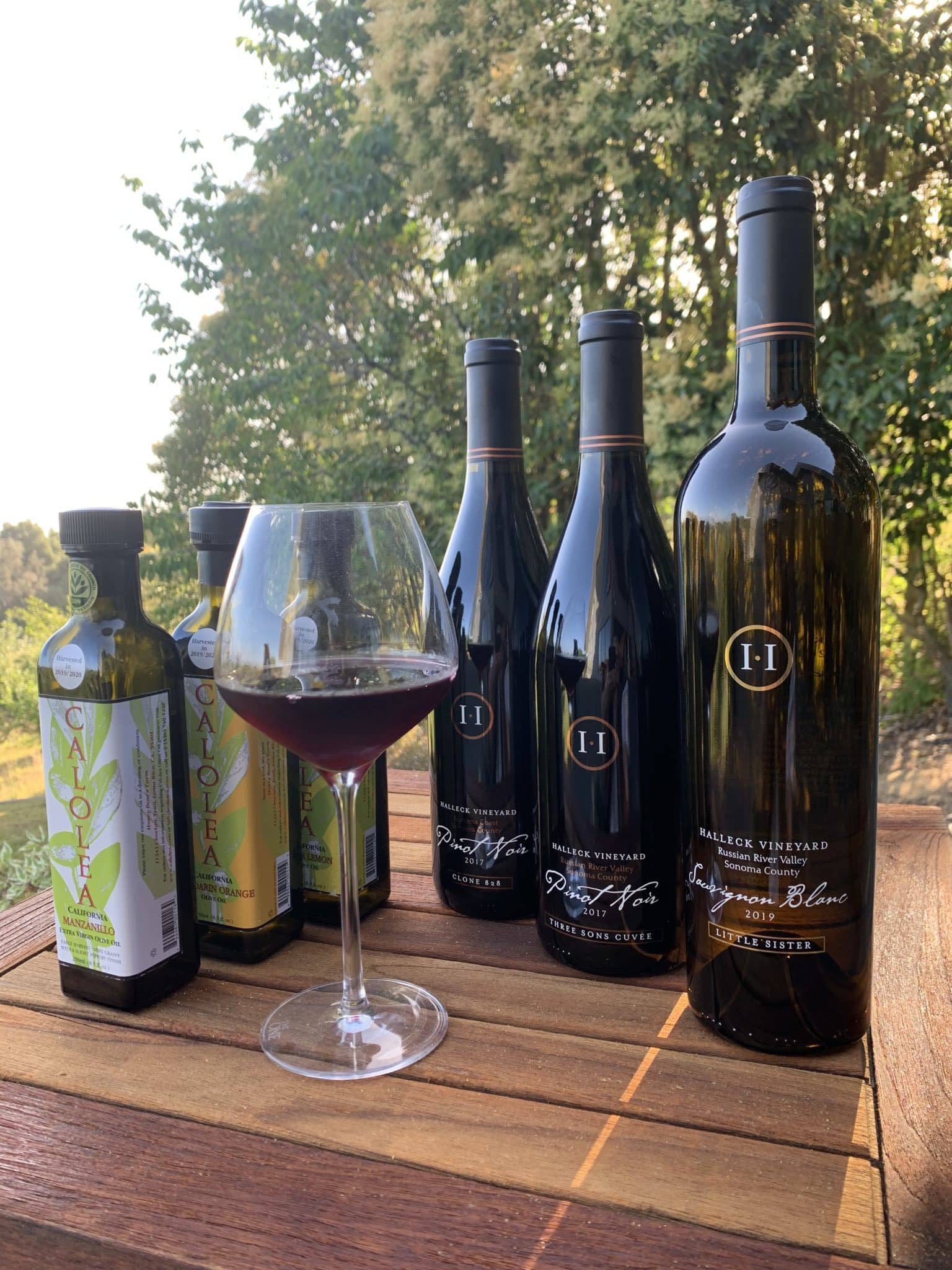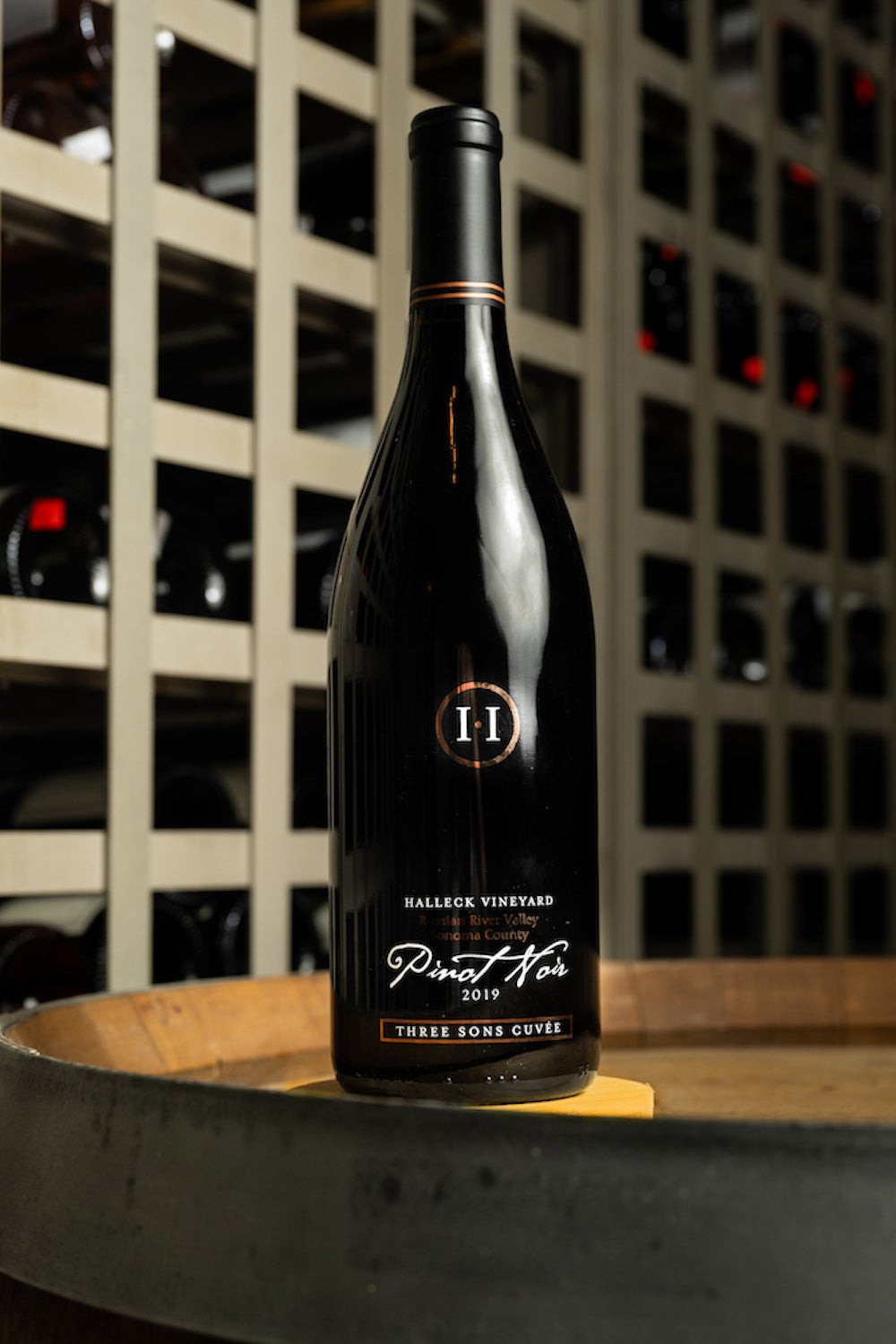Family-Oriented Wine Tasting Venues In Sebastopol - Wineries Near Sebastopol For Tasting
Wine tasting is an art that requires practice and an understanding of varied features involved within the course of. One crucial factor of wine tasting is the development and interpretation of tasting notes, which serve as a guide for each novices and seasoned connoisseurs. A Guide To Understanding Winery Wine Tasting Notes can enhance your wine-tasting experience, making it more meaningful and enjoyable.

Tasting notes are concise descriptions that seize the essence of a wine’s flavors, aromas, and general character. Normally composed by professional tasters, winery tasting notes offer insights into the nuances of assorted wines. They can help wine enthusiasts perceive what to expect from a selected bottle. However, tasting notes can differ broadly in style and detail primarily based on the writer's experience and palate.
Wineries With Breathtaking Gardens In Sonoma - Vineyard Experiences In Sonoma
When you first strategy a glass of wine, your senses will begin to interact instantly. The sight, scent, and style of the wine will converge to provide you a whole experience. Tasting notes usually start with the visible assessment, where the colour of the wine is taken into consideration. Shade performs a major role in indicating the wine’s age, grape variety, and even its flavor profile.
After assessing the visible facet, the subsequent step includes swirling the wine in the glass. This action aerates the wine, allowing its aromas to awaken. Smelling the wine supplies crucial perception into its complexity. The initial sniff can deliver a flood of scents which will embrace fruity, floral, herbal, or earthy notes. This is often essentially the most subjective a part of tasting, as individual experiences can dramatically differ.
In winery tasting notes, descriptors are often categorized into major, secondary, and tertiary aromas. Main aromas usually stem from the grape selection, secondary aromas derive from fermentation processes, and tertiary aromas arise from growing older. Understanding these categories may help you recognize the depth of a wine, they usually also give you the vocabulary to specific your experience better.
Wineries Ideal For Large Groups - Winery In The Sonoma Wine Region
Following the olfactory encounter, your focus will shift to the style of the wine. This is the place the primary characteristics—sweetness, acidity, tannins, alcohol—come into play. Tasting notes often element these flavors in a quantity of dimensions, including the initial attack on your palate to the lingering end in your tongue. A high-quality wine will current a harmonious steadiness between these elements.
While tasting, it is essential to contemplate the physique of the wine, which may be described as light, medium, or full. The physique contributes significantly to your total impression, serving to you consider how the wine pairs with food or whether it stands alone as a sipping wine. Balancing the body with the opposite traits will give you a fuller understanding of what the wine has to offer.
The end of the wine, also referred to as the aftertaste, is another important side usually included in tasting notes. A long, nice end usually signifies a higher quality wine, while a brief or cloying aftertaste might suggest in any other case. Evaluating the end can supply additional perception into the wine's complexity and distinction.
Understanding the context of winery tasting notes is also valuable. Tasting notes can present contextual information about the winery's location, local weather, and grape-growing practices. This context adds one other layer of appreciation for the wine, allowing enthusiasts to attach the sensory experience with its origins, thus important site enhancing the enjoyment additional.
Wineries With Live Music Events Occasionally - Wine Tasting And Vineyards In Sonoma
Many wineries provide tasting notes on their websites or labels, typically written in an approachable but informative style. However, not all winery tasting notes are created equal. Some could also be overly technical, while others may prioritize advertising flair over insightful analysis. Studying to navigate these notes can arm you with the data to make knowledgeable selections when deciding on wines.
Participating in tastings at wineries can also deepen your understanding of wine tasting notes. Interacting with knowledgeable workers may give you a more hands-on approach to exploring different wines and the language used to explain them. Wineries Hosting Seasonal Events. You May have the chance to ask questions, interact in discussions, and probably refine your palate in real time.
Experimentation is crucial for mastering wine tasting notes. As you pattern different wines, strive making your own notes. Focus on describing the wine’s shade, aroma, style, and end. Over time, you’ll develop a private vocabulary that resonates together with your sensory experiences. Each note you create will help refine your palate, permitting you to appreciate wines at a deeper level.
Vineyard Picnic Spots In Sonoma Valley - Exploring The Vineyards In Sonoma County
In conclusion, a Guide To Understanding Winery Wine Tasting Notes offers a comprehensive framework for diving into the world of wines. It equips you with the methods and language essential to articulate your experiences. Whether Or Not you're a casual drinker or a dedicated aficionado, understanding and using tasting notes can profoundly impression your More Bonuses wine journey. This data not only enhances your enjoyment but in addition connects you deeply with the rich narratives every bottle tells. By embracing this journey, you turn into a part of the gorgeous mosaic of wine tradition, where every sip unveils a brand new story waiting to be discovered.
- Wine tasting notes sometimes encompass a selection of sensory descriptions, including aroma, flavor, acidity, body, and end, allowing tasters to completely respect the wine's traits.
- To improve your understanding, familiarize yourself with widespread wine terminology similar to "tannins," "oakiness," or "terroir," which might help decipher the notes more successfully.
- A systematic strategy to tasting includes first visually assessing the wine's colour and clarity, adopted by swirling to launch aromas, then inhaling and describing what you experience.
- Taking notes throughout tasting may help establish patterns over time, improving your palate and making it easier to recall preferences for future alternatives.
- Do Not overlook the affect of food pairings; tasting notes can differ greatly when a wine is enjoyed with complementary flavors, altering perception and delight.
- Pay attention to the wine’s vintage, as climatic conditions in a given year can significantly have an effect on the final product, including another layer to the tasting notes.
- Consider the winemaker's style and philosophy, which might shape the wine's profile and impact how its notes evolve with each sip.
- Training with totally different grape varieties can broaden your vocabulary; every kind brings unique characteristics that may enhance your ability to articulate tasting notes effectively.
- Participating with wine professionals or attending tasting events can present useful insights, offering a richer context for understanding personal tasting notes.
- Bear In Mind that tasting is subjective; particular person preferences and experiences will shape one’s interpretation of the identical wine, enriching the overall enjoyment of wine exploration.
What are wine tasting notes?
Wine tasting notes are descriptive comments made by tasters in regards to the appearance, aroma, style, and finish of a wine. They provide an outline of the wine's characteristics and might help customers understand the style and high quality of the wine.
Wineries Near Sonoma Square - A Guide To Sonoma Wineries
Why are tasting notes essential when selecting wine?
Tasting notes can guide you in selecting a wine that suits your palate. They provide insights into flavors and aromas, serving to you to match wines with food or occasions. Understanding these notes enhances your general wine experience.
How should I learn wine tasting notes?
(Celebrated Winemakers To Discover In Sonoma)
Top Rated Wine Experiences In Sebastopol - Iconic Wineries Of Sebastopol
When reading wine tasting notes, take note of the structure: search for descriptions of shade, aroma, flavor, and finish. This will allow you to grasp the wine's profile and determine if it aligns together with your preferences.
What phrases commonly seem in wine tasting notes?
Common terms embody "tannin" (the structure), "acidity" (the crispness), "body" (the weight), and numerous flavor descriptors like "fruity," "earthy," or "spicy." Familiarizing your self with these terms can deepen your understanding of wine.
Wineries With Locally Sourced Food Options - The Charm Of Sonoma Wineries

Can I create my own tasting notes?
Yes! Writing your own tasting notes can enhance your wine tasting experience. Focus on your observations of style, aroma, and different sensory traits. This personal practice may help you refine your palate over time.
How do I determine the aromas in wine tasting notes?
Wineries With Breathtaking Gardens In Sonoma - Sebastopol's Best Wine Trails
To establish aromas, practice smelling quite a lot of scents and associating them with wines. Swirl the wine in your glass to release its aromas, then take a moment to breathe in deeply before identifying any outstanding scents.
What is the distinction between professional and personal wine tasting notes?
Professional tasting notes might use extra technical language and particular terminology, while personal tasting notes are subjective and mirror particular person experiences. Both are useful for understanding and having fun with wine, but personal notes might resonate extra along with your unique tastes.
How can tasting notes improve my wine appreciation?
Hidden Gem Wineries In Sonoma County - Wine Tasting And Vineyard Tours In Sonoma
Tasting notes can enhance your appreciation by helping you to understand and articulate the complexities of wine. They encourage mindful tasting and provide a framework for comparing different wines, leading to a richer enjoyment of the beverage.
Are there any apps or instruments to assist with wine tasting notes?
Sure, there are several apps designed to help users record and manage their tasting notes. These instruments usually supply features like flavor wheel guides and wine database searches, making it easier to track your journey by way of completely different wines.